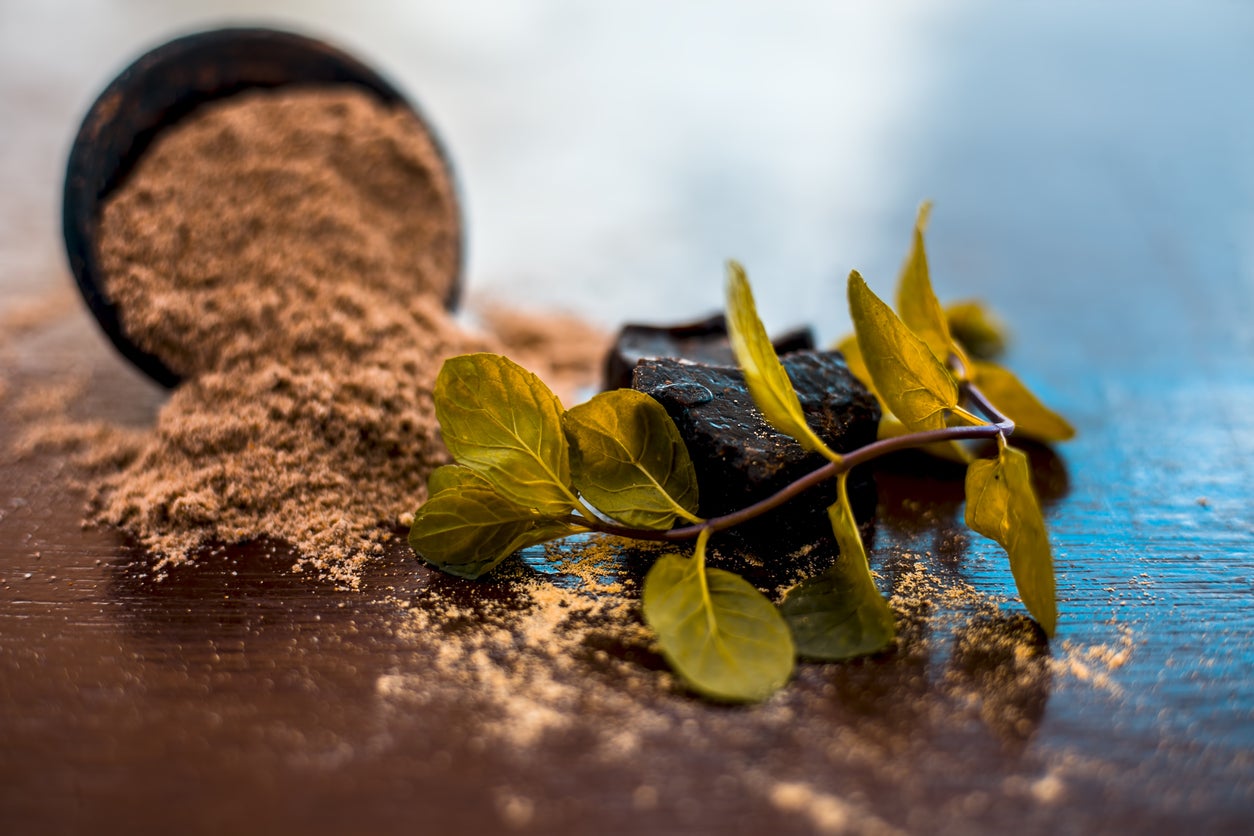What Is Asafetida: Asafetida Plant Information And Growing Tips


Stinky herb or beneficial medicinal? Asafetida has historic uses botanically as a digestive, vegetable and flavor enhancer. It has a rich history in Ayurvedic medicine and Indian cuisine. Many people find the odor offensive, even stomach turning, but knowing how to use this interesting plant can add authenticity to your Indian menus while keeping your tummy in line. Some tips on how to grow Asafetida follow.
What is Asafetida?
Asafetida (Ferula foetida) has been cultivated and harvested for centuries. What is Asafetida? This same plant is referred to both as "Food of the Gods" and "Devil's Dung," making it confusing to the layperson. Should you eat it? Should you pull it up and discard it? That all depends upon how you wish to use the plant and what traditions your culinary palate can handle. Either way, the perennial herb bears attractive curly, lacy foliage and interesting flowering umbels that can enhance the garden in USDA zones 3 to 8. Asafetida is native in Afghanistan and into eastern Persia, now Iran. Among the many Asafetida uses are culinary and medicinal – as a brain stimulant, laxative and effective respiratory medicine. The plant itself occurs in sandy, well-drained soils and was initially spotted growing by Western botanists in the Aral Desert, although Asafetida plant cultivation was known to take place as far back as the 12th century. In appearance, Asafetida is an herbaceous plant that can grow 6 to 10 feet (1.8 to 3 m.) in height. It has numerous sheathed petioles and parsley-like foliage. The flower is also similar to those in the parsley family. Large umbels of tiny pale green yellow blooms become flat oval fruits. The plant takes years to flower but is monocarpic, meaning it dies after flowering.
Asafetida Plant Information
The wide range of Asafetida uses indicates that the often pungent and unpleasant odor has not historically been an issue. Leaves and young shoots are cooked like a vegetable and considered a delicacy. The starchy root is also used to make a porridge. Apparently, boiling the plant helps remove the stench and makes the herb more palatable. Gum resin obtained from the plant is sold as a garlic substitute, although the flavor and odor may be more pungent than some users might like. Along with medicinal properties, one of the most intriguing pieces of Asafetida plant information is its use as a secret ingredient in Worcester sauce – aka Worcestershire sauce. It is still a common flavoring and digestive aid in Afghani and Indian cookery.
How to Grow Asafetida
If you wish to undertake your own Asafetida plant cultivation, you first need to obtain some viable seed. The plant is tolerant of a wide range of soil consistencies as well as pH, but well-draining medium is a must. Asafetida requires full sun. Sow seeds in fall or early spring directly into prepared beds. Germination is improved by exposure to cold, moist conditions. Sow seeds on the surface of the soil with a lightly tamped layer of sand over them. Space seeds 2 feet (60 cm.) apart and keep moderately moist until germination. Thereafter, water when soil is dry to the touch several inches down. Plants are generally self-sufficient after they grow several feet high but some may require staking. In some regions, they can be self-sowing, so removing the flower heads before they go to seed may be necessary unless you want a field of this herb. Harvest as a vegetable when shoots and leaves are young and tender.
Gardening tips, videos, info and more delivered right to your inbox!
Sign up for the Gardening Know How newsletter today and receive a free copy of our e-book "How to Grow Delicious Tomatoes".

Bonnie Grant is a professional landscaper with a Certification in Urban Gardening. She has been gardening and writing for 15 years. A former professional chef, she has a passion for edible landscaping.
-
 8 Perfect Flowers To Plant With Tomatoes To Boost Yields & Banish Pests
8 Perfect Flowers To Plant With Tomatoes To Boost Yields & Banish PestsDon’t forget flowers when choosing companion plants for your tomato beds or pots. These pretty, fragrant blooms add beauty but are also highly beneficial.
By Mary Ellen Ellis
-
 Want The Longest Lasting Hydrangea Flowers? Grow These 8 Panicle Hydrangea Varieties
Want The Longest Lasting Hydrangea Flowers? Grow These 8 Panicle Hydrangea VarietiesFor ornamental shrubs that deliver the longest flowering seasons with plush blooms and delicate hues, these panicle hydrangea varieties are essential in your yard
By Tonya Barnett